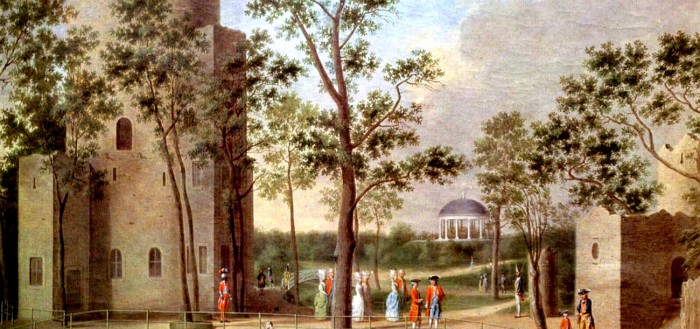Throughout the second half of the XVIII century a number of Masonic Congresses were held in Germany and France – including the two that the Philalethes[1] organised – which greatly influenced the process of assessment of Freemasonry. The more notable of those meetings was the Convent or Congress of Wilhelmsbad [2] started in 1782, which came about as a result of several others held in Jena, Altenburg, Kohlo, Brunswick and Wolfwenbuttel over a period of three years.
In general those Masonic assemblies can be categorised as :
- Those that were held for the purpose of addressing administrative issues
- Those that aimed at reasserting the dogma, reviewing the ritual and researching the history of the Order.
The scope of such an exercise was to put an end to the fights for the predominance of one current over another and instead encourage free discussions about the doctrine, the origins and development of the Order, the discovery and understanding of its symbols and words.
One of those currents battling for supremacy was the Neo Templarism which aimed at monopolising the Masonic Order for its political schemes. It had been imported in Europe from Scotland in 1737 by a character still now much talked about in the Masonic historiography : the Baron Andrew Michael de Ramsay[3], a presumed secret agent of the Great Pretender of the England throne – James Stuart. In contraposition to that current, were the mystical Philalethes who admirably mired to harmonically fuse the various schools of initiation around the Masonic Brotherhood.
There is much to write about the Masonic Congresses and their incidence in history and I intend to enlarge on the subject in a future paper. But for now suffice to say:
a) That the course of action planned at Wilhelmsbad changed the face of Europe by bringing down the old social order.
b) That the Philalethes Congress clipped the ambitions of Count Cagliostro, Grand Master of the Egyptian Rite, to unite all the Masonic Orders into a Universal Order: his own !
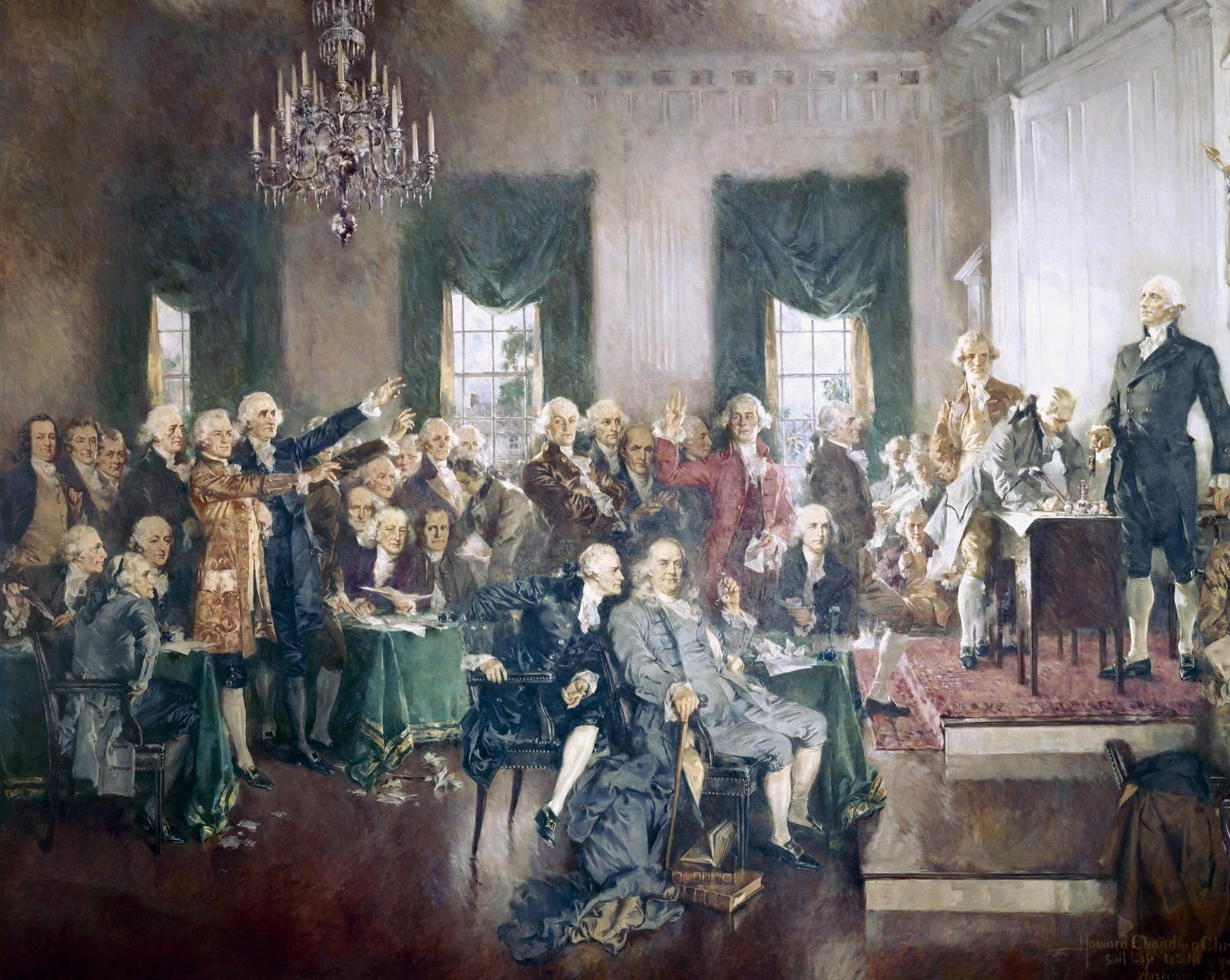
THE ORIGIN OF THE WORD “PHILALETHE” AND ITS HOMONYMOUS SECT
Eirenaeus Philalethe was the pseudonymous of the famous Thomas Vaughan[4] , who lived in the XVIIc and was the author of some very important books on Alchemy[5] .
Many curious stories exist about that mysterious initiate in the magic arts , but nobody knows for certain his identity because his name was later adopted as pseudonymous by a long list of writers of hermetic philosophy. For example: Eirenaeus Philalethe was not only the initiatic nickname of William Spang but also that of Burckard, of Louis Demoulin, of Samuele Prypkowski and so forth.
Behind the name “Eirenaeus Philalethe Junior” was the writer Robert Samber 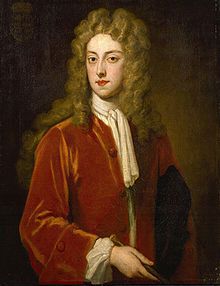 who was a member of the Royal Society and a close friend of the Duke of Montagu – Grand Master of the GL of England – who published in 1723, i.e. only a year before Anderson’s published first edition of the “Freemasons Constitution” – a booklet called “Long Liver” dedicated to the “Grand Master of the Ancient and Honourable Brotherhood of the Freemasons of Great Britain and Ireland”.
who was a member of the Royal Society and a close friend of the Duke of Montagu – Grand Master of the GL of England – who published in 1723, i.e. only a year before Anderson’s published first edition of the “Freemasons Constitution” – a booklet called “Long Liver” dedicated to the “Grand Master of the Ancient and Honourable Brotherhood of the Freemasons of Great Britain and Ireland”.
The sect of the Philalethes , alias “The Friends of the Truth” or “The Unknown Philosophers” , was set up inside the Parisian Lodge “Les Amis Reunis” in 1773 by a group of intellectual freemasons particularly knowledgeable in the Occult arts and Masonic sciences, who came from various other Orders such as the “Elected Cohens”, the “Hermetists”, the “Illuminati of Avignon”, the “Templars” and so on and almost all of them went on to become either the founders or high ranking members of the Grand Orient of France.
The Grand Master of the Order of the Philalethes was the Marquis Savalette de Langes[6], Court Advisor, Grand Master of the Ceremonies of the Grand Orient of France and Worshipful Master of the Lodge where this rite was born.
Around this initial nucleus of people later on gathered the cream of the intellectuals Freemasons of the time: from the occultists Quesnay de Saint-Germain[7] and Roettiers de Montaleau[8] – who in 1795 reconstituted the Grand Lodge of France – to the Princes Ludwig Georg Karl and Friedrich Georg August von Hessen-Darmstadt , the Count Alexander Stroganoff (Chamberlain to the Tzarina of Russia) and many more.
And so it was that by selectively recruiting members from such high spheres of knowledge, wisdom and aristocracy, the Philalethes became endowed with a great books library that covered subjects spanning from the occultism to Alchemy to the Masonic science. The Philalethes benefited of strong support abroad by individuals of vast importance both in their fields of business and in aristocratic circles; its Rite was adopted in a very short time by many Lodges in France and outside it. For twenty years the Philalethes remained one of richest combustion houses of initiatory culture in Europe.
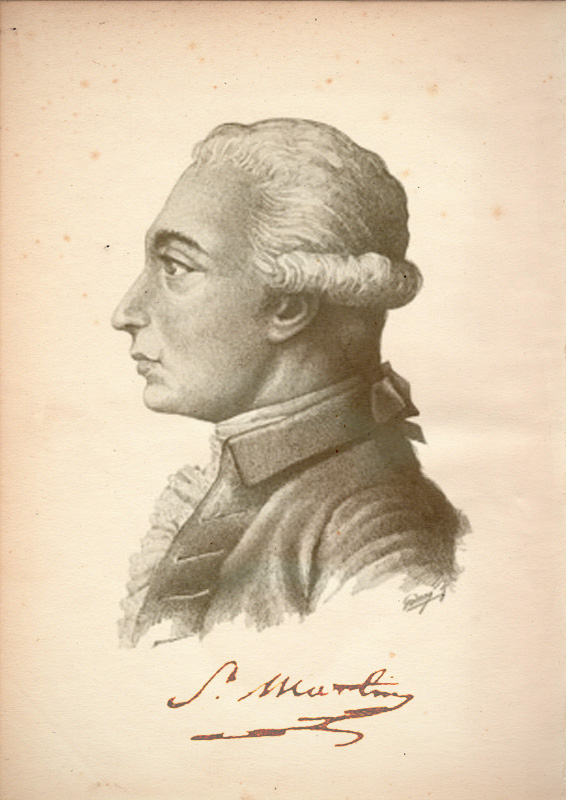 Their doctrine was of a Martinist nature, in other words it proposed the regeneration of man through a process of evolution that would eventually take him closer to God. The structure of this Order consisted of twelve degrees divided in two sections of six. The first six degrees belonged to the lower grade Freemasonry – essentially the Craft as we know it – and the candidates went through the familiar grades of Entered Apprentice, Companion and Master Mason.
Their doctrine was of a Martinist nature, in other words it proposed the regeneration of man through a process of evolution that would eventually take him closer to God. The structure of this Order consisted of twelve degrees divided in two sections of six. The first six degrees belonged to the lower grade Freemasonry – essentially the Craft as we know it – and the candidates went through the familiar grades of Entered Apprentice, Companion and Master Mason.
The subsequent and higher grades were as follows and each one is shown below with its corresponding level of evolution in the transmutation process:
1) Apprentice = decomposition or “calcination” of the stone
2) Companion = dissolution
3) Master = separation of the Elements
4) Elect = alchemical marriage
5) Scottish Master = putrefaction
6) Knight of the Orient = coagulation
7) Knight Rosicrucian = incineration
8( Knight of the Temple = sublimation
9) Unknown Philospher = fermentation
10) Sublime Philosopher = exaltation
11) Initiate = multiplication
12) Philalethe = projection
THE CONGRESSES OF THE PHILALETHES
The Congress of Wilhelmsbad , which marked the beginning of a new chapter in the history of Freemasonry with its tempestuous events , had just come to an end towards the last part of 1783 when at Brother Du Terray’s abode in Paris took place a very important meeting of eminent Freemasons from all different orders.
Amongst them were the Philalethes’ founder Savalette de Langes, Court de Gebelin e De Tavannes together with Sabady, the Scot Astier, the martinist La Marque, Salzac de Loos and Bro Von Reichel from a Rosicrucian Lodge of Frankfurt.
At that meeting it was cast for the first time the idea of organising an international Congress that would examine the important arguments of the origin and of the accomplishment of Freemasonry. As the Philalethes were the authority in France in that respect and had also a vast network of relations abroad, they were assigned that task.
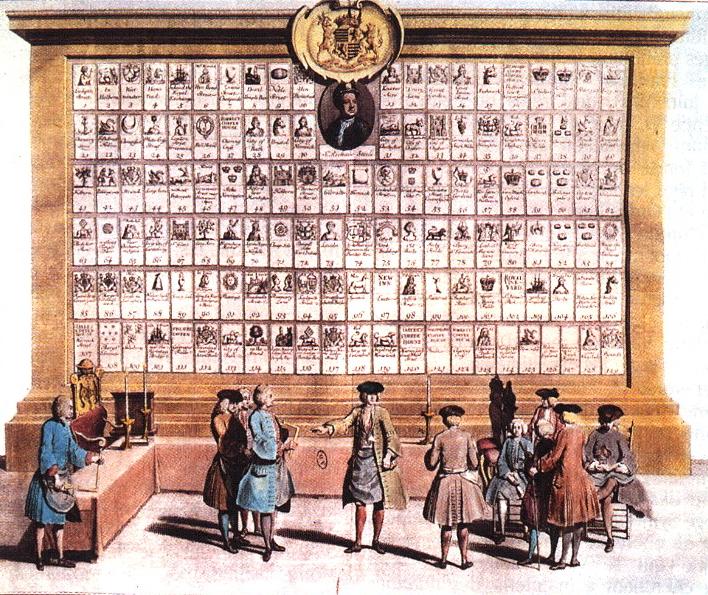 On 24th Sept of 1784 the first circular was sent out to all the Rites and to the most distinct Freemasons of Europe ; the only exclusion applied to the Grand Orient of France following some disagreement that occurred at the Congress of Wilhelmsbad.
On 24th Sept of 1784 the first circular was sent out to all the Rites and to the most distinct Freemasons of Europe ; the only exclusion applied to the Grand Orient of France following some disagreement that occurred at the Congress of Wilhelmsbad.
Amongst the eminent Freemasons who refused to attend were Louis-Claude de Saint-Martin [9], Mesmer [10] and the Duke of Brunswick but many others accepted. On 13Nov1784 when the first meeting was held, the Philalethes’ Grand Master Savalette de Langes, the secretaries D Gleichn e Chef de Bien could list the names of the following illustrious participants :
- Count Felice Potocki (future Grand Master of the Poland Grand Lodge)
- Doctor Wallner (from the RoseCroix of Potsdam)
- Baron de Bramer (who represented the Marquis of the Rochefaucault-Bayers , Grand Master of the Scottish Rite , which shortly afterwards, however, retracted its adhesion
- The Marquis Ossuna (who represented the Grand Sovereign of the Elected Cohens)
- Sebastian De Las Casa
- Dubarry (Secretary of the RoseCroix and of the Philadelphes (Primitive Rite of Narbonne)
Encouraged by this consensus, the organisers of the Congress prepared a questionnaire and sent it to about two hundred and thirty Freemasons, both French and foreign. The questions being asked were the following:
- Which is the essential base of the Masonic science and its discerning character?
- Which period and which origin can intelligently be ascribed to it?
- Which societies or corporations or individuals may have possessed it in the past, or through which corporations did it pass, in order to proceed through all times?
- Of which societies, corporations or individuals can be supposed, that they are really in their possession?
- Is the tradition, it possessed, in writing or by word?
- Does Freemasonry have a relation with secret or well-known sciences, covered by their names?
- With which of these sciences is it connected most, and what are those connections?
- Which kind of advantages can be expected from Masonic Art?
- Which of the contemporary types of doctrines is most advisable, not to be regarded as the general standard, but in order to have zealous and industrious young people make quick and useful progress in the real Freemasonry?
- Why do Freemasons give unanimously the name Lodge to their meetings, to the places, where they are held? What is the origin and the true definition of the word lodge; the word Temple, by which also is indicated the place of meeting; of the expression: to open or to close the work; of the word Scottish for the high degrees; the name of Worshipful and Master of the lodge, by which the French, and the Germans respectively call their master?
On 19th February 1785 the Congress was officially open by Savalette de Langes. The initial sessions laid down the discussions’ rules and various other formalities.When those details had been finalised and the first discussions had begun, the Congress – on the request by Savalette de Langes – decided to invite a most prodigious man who was going from triumph to triumph in most of the Capital cities of Europe and whom in 1781 had come to Lyon to establish the Lodge “Sagess Trionphante” of a Rite of his own. That character was Count Cagliostro, 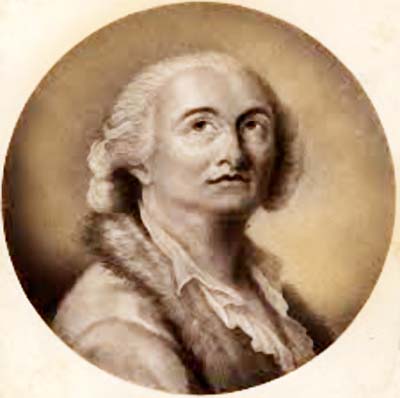 the Grand Master of the Egyptian Rite. History continues to throw light on this mysterious man’s life and it would not be surprising to assume that the day of his rehabilitation is perhaps not far off.
the Grand Master of the Egyptian Rite. History continues to throw light on this mysterious man’s life and it would not be surprising to assume that the day of his rehabilitation is perhaps not far off.
Why had he chosen Lyon to establish his Order ? Because at the time Lyon was the “Mystic City” by antonomasia , essentially the Glastonbury of France ! Lyon hosted the headquarters of the whole of the Martinist movement plus a dozen Craft Lodges and three High Degrees: the Grand Lodge of the Masters of Lyon, of which Sellonf was the Grand Master; the Cohen Chapter (Martinist) of Jean-Baptiste Willermoz; The Chapter of the Knights of the Black Aquila (Templar) which had at the helm the brother of the JB Willermoz : Doctor Jacques Willermoz.
It must be noted that those High Degrees were only apparently independent from each other ; the two Willermorz and the Sellonf formed a Secret Council which controlled the whole of the Freemasons in that urban French centre. The name of JB Willermoz is also often associated with the secret sect of the Illuminati.
Similarly to the Craft, the Egyptian Masonry had three degrees except that they were full of mystic and magic practices. Its initiation purported to reintegrate man to his lost state of purity and to regain his ancient physical and psychic powers. The three degrees of the Egyptian Masonry represent the stages necessary to reach this reintegration and create a true Master, with full supernatural powers.
The three stages are:
1) to glorify God through spiritual regeneration
2) to penetrate the Temple of Nature and acquire the knowledge
3) to regenerate one’s body through special practices (isolation, fasting , meditation etc.)
At the head of the system, which also initiated women, was the Grand Master (or Great “Cofto”) whilst the administration was taken care of by the Grand National and Provincial Masters. The Egyptian Order of Cagliostro , however,t is not to be confused with the “Ancient and Primitive Order of Menphis-Misrain” , which was created in Italy.
THE CONTROVERSY OF THE PHILALETES WITH CAGLIOSTRO
Savalette de Langes had proposed to invite Cagliostro to the Congress but the majority of the Philalethes was contrary , as they preferred Franz Mesmer to him. However, when the inventor of “magnetism” refused , the martinist Desales [11] travelled to Lyon to meet Cagliostro and successfully extracted from the man a promise to attend.
Not all the Philaletes shared the common opinion that Cagliostro was a charlatan and an impostor. On the contrary, they considered him to be a mysterious man endowed with a great deal of wisdom and knowledge , from whom they would be able to learn something.
This is what Brother De Gleichen[12], Grand Chancellor of the Order of the Philalethes , had to say about Cagliostro in one of his letters: “Much has been said badly of this man but I can only speak well of him. If his behaviour and manners were those of an impertinent and arrogant charlatan, his medical treatments were noble and charitable and never unlucky in outcome. He never took money from his patients. I have seen him run , in the rain and beautifully dressed , to the aid of a moribund and I have verified three wonderful cures he made in Strasburg (…). His knowledge of medicine (…) however has attracted the hatred and jealousy of doctors (…). Now , add to that the slanders of his numerous enemies and you will understand why he was being defamed and persecuted … Those who spent time with him , always spoke well of him to me(…)”
But the Congress waited in vain for the arrival of the great man!
His extraordinary intuition and experience of psychology made him realise that it was curiosity that had inspired the Congress to invite him and that all that the Philalethes held in high regard was their exasperated affections for their archives and for the independence of their own Rite. He was merely destined to play the part of the rare beast at the Congress , he would be there only to provide a distraction, to entertain all those good people who had come from all over Europe.
Cagliostro had a plan: excite the congressmen ‘s curiosity and desire for his attendance and at the same time make demands that the organisers found impossible to accept : the imposition of the Constitution of the Egyptian Order over theirs ! Cagliostro’s ambition was to subdue to his own Order the Philalethes first and then all the others, thus creating a Universal Freemasonry .
Although snubbed by Cagliostro absence , the Philalethes did not lose heart . They kept asking him to reconsider and Cagliostro skilfully led them on to believe he would until he sent them this letter to them:
“The Grand Master of the True Freemasonry, has thrown his sight on the Philalethes. It is his wish to prove to them the existence of God – who is at the base of their faith- (to prove to them) the true dignity of man, his powers , and his destiny. It is by actions and deeds , by the testimony of our senses , that man will come to know himself, will come to know God and the spiritual entities in the middle ; of which the true Freemasonry gives the symbols and shows the way. Embrace therefore Brothers Philalethes the doctrines of this true Freemasonry and submit to the rule of his supreme Leader and adopt his Constitutions. But above all let the sanctuary be purified, let the Philalethes persuade themselves that Light can only descend the Temple of Faith not that of the Scepticism. Let them consecrate to the flames that vain pile of books; because it is only on the ruins of the Tower of chaos that the Temple will be erected.”
Cagliostro was asking no more and no less than the destructions of what represented the pride of the Philalethes Order : those Archives they had with so much perseverance put together. Such a price was too high to pay. The Elected Cohens and the Martinist present at the Congress had themselves given all of their collection of historical documents and ancient books to the Philalethes. Naturally they would not be so foolish as to accept to lose them alongside those belonging to the Philalethes.
At this point , the organisers of the Congress should have cut off any further contact with Cagliostro. Instead, blinded by their curiosity they notified him that they had considered his written admonishment meant for the Brethren of the Lodge of “Les Amis Reunis” within which the Philalethes were based. They would therefore forward his letter to them and keep the Congress door still open to Cagliostro’s participation.
THE AFTERMATH
it was, without a shadow of a doubt, an answer totally void of any dignity.
The Gran Master of the Egyptian Order answered that he was now no longer interested either in attending the Congress nor in maintaining any contact with the Philalethes. On 26th May 1785 the Congress was at last suspended. The adventurer, charlatan, magician, Freemason Count of Cagliostro had checkmated the intellectuals Freemasons of France and Europe. About two years later , on 8th March 1787, the Congress was recalled in Paris and held in Rue Saint-Honore’ at the house of Savalette de Langes. It was wound down after twenty nine sessions on 26th May 1787 and the following statement was released by the Philalethes:
“Brehtren (…) the scope, desire and hope of the participants (…) is that of trying to create, initially amongst ourselves and later across the Continent , a new association of Philalethes, that will reform Freemasonry and purify it so as to form a body of Freemasons (…) capable of seeking the truth , ready to make any sacrifice to merit it (..) because we believe that in this century the great part of the Freemasons does not seek the TRUTH, does not merit it and will never find it and we believe that it is the fault of the Freemasons and not of Freemasonry”.
Freemasonry had indeed lost its way. 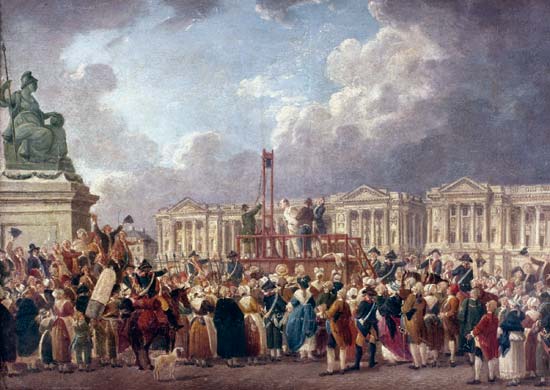 From then on it became more concerned with political matters then spiritual education. The French Revolution was at the door ; when it arrived it caused a violent end to the archive and library, manuscripts and correspondences, as well as parts of the alchemical laboratory of the Philalethes. Savalette de Langes joined the revolutionary crowd to defend the human rights of his fellow citizens. Louis-Claude de Saint-Martin gave all his fortune away for the purchase of arms and for the recruitment of fighters for the Revolution.
From then on it became more concerned with political matters then spiritual education. The French Revolution was at the door ; when it arrived it caused a violent end to the archive and library, manuscripts and correspondences, as well as parts of the alchemical laboratory of the Philalethes. Savalette de Langes joined the revolutionary crowd to defend the human rights of his fellow citizens. Louis-Claude de Saint-Martin gave all his fortune away for the purchase of arms and for the recruitment of fighters for the Revolution.
The Sect of the Philaletes disappeared in 1798 and three years later Count Cagliostro was arrested and condemned to life imprisonment. The supposed 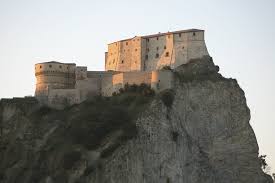 charlatan, who had plans to unify Freemasonry with the blessing of the Church of Rome, had fallen out of luck, been imprisoned for heresy and died destitute in a dirty and tiny cell of the Fortress of San Leo in Italy.
charlatan, who had plans to unify Freemasonry with the blessing of the Church of Rome, had fallen out of luck, been imprisoned for heresy and died destitute in a dirty and tiny cell of the Fortress of San Leo in Italy.
As for the Philalethes , there exists today a Masonic research Society based in North America and founded on October 1, 1928 by a group of Masonic authors which calls itself The Philalethes Society and publishes a Masonic periodical.
By W.Bro. Leonardo Monno Anglisani – NHL 6557 Prov. of Middlesex, England
The author forbids any reproduction or publication of this article, in full or in part, without his explicit authorisation.
Dear reader of Tetraktys.co.uk, In an age where other websites start applying paywalls to their readers, we are keeping the contents of our website free. However,it would help us immensely if you would donate towards our past and future Papers. Your contribution would be thankfully received and faithfully applied to maintenance costs. If you came to this page through Twitter on your mobile telephone, please click on the Menu Button shown to the right of our Tetraktys Logo and scroll down to the "Paypal Donate" button. It is a secure method of payment and universally accepted. Donate whatever amount you wish !
[1] Philalethes translates as “friends of the truth”
[2] The Congress convened at Meyer Amschel Rothschild’s castle in Wilhelmsbad near Hanau, Germany.
[3] Born Ayr 1686, died Saint-Germain in Laye 1743
[4] 17 April 1621 − 27 February 1666
[5] “Intritus apertus ad occlusum Regis Palatium ; Lumen de Lumine; Theomagical Anthroposophia; Adamic Magic
[6] Charles-Pierre-Paul, Marquis de Savalette de Langes (1745-1797), also an Illuminatus and aide-de-campe of Marquis de Lafayette
[7] Quesnay de Saint Germain, Robert François (1751 – 1805)
[8] Alexandre-Louis Roëttiers de Montaleau, (22.11.1748 , Paris -30.01.1808 Paris)
[9] French philosopher (18/1/1743–16.10.1803) known as le philosopher inconnu, the name under which his works were published.
[10] Franz Mesmer 23.05.1734, Swabia – 05.03.1815 Meersburg, Germany)
[11] Jean-Baptiste-Claude Delisle de Sales or Jean-Baptiste Isoard de Lisle (29 April 1741 – 22 September 1816)
[12] Baron Charles Henri de Gleichen (1733-1807)
- Influencia de la Masonería en Chile - April 29, 2024
- Pomegranate in Freemasonry – its significance - March 11, 2024
- Inns and Innkeepers’ incidence in Freemasonry expansion - February 28, 2024

